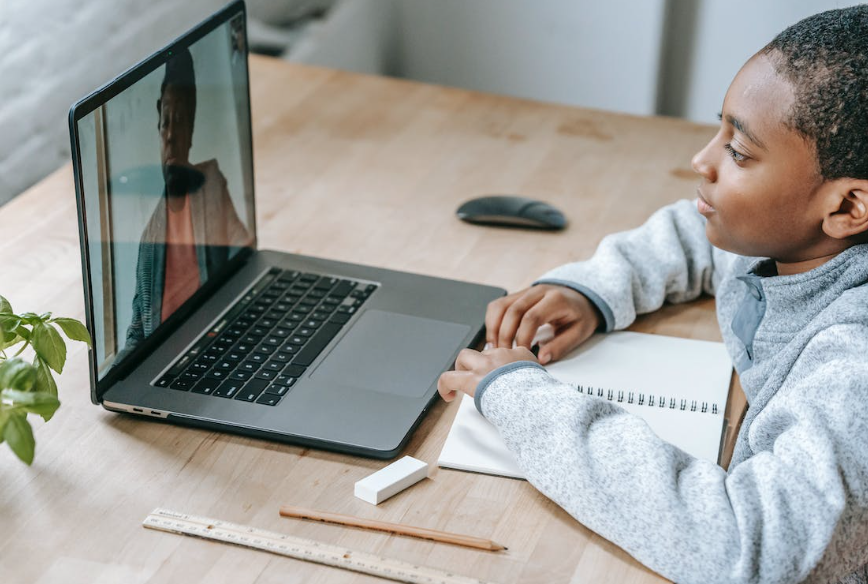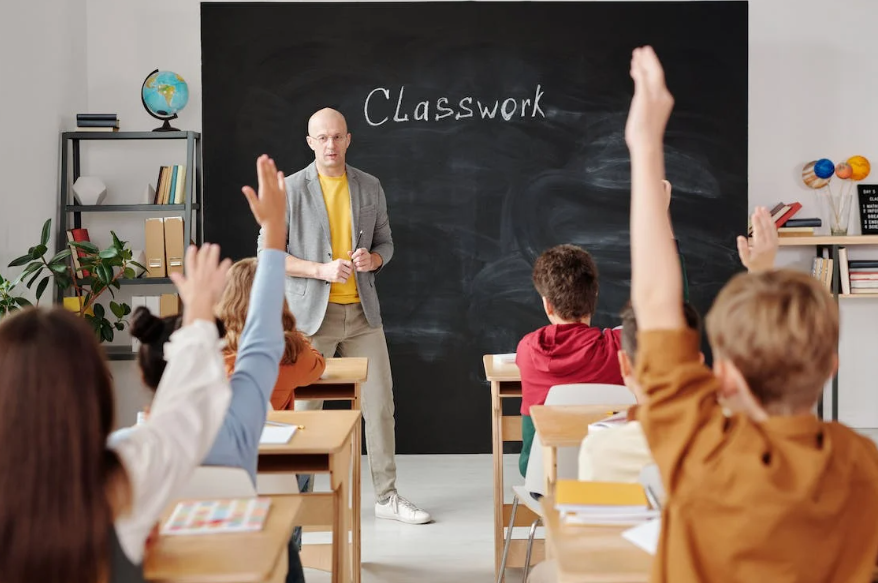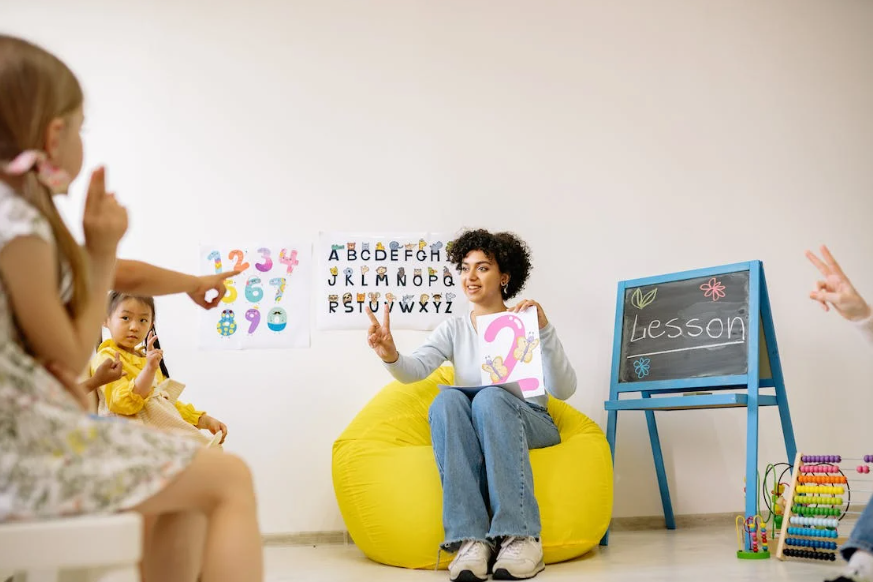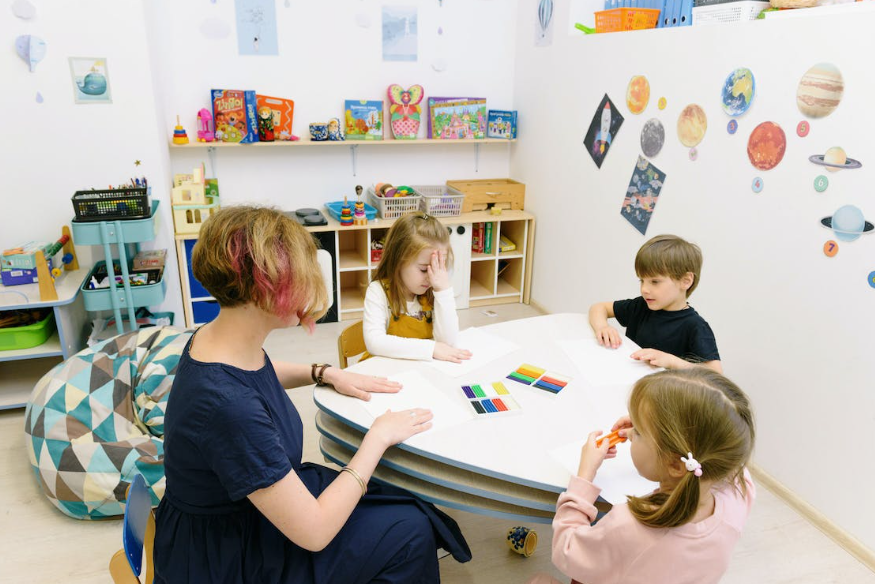Mindfulness Lesson
In the classroom, mindfulness helps develop a common language among teacher and students that can be used to work through moments of student stress or anxiety. Interested in including mindful practices in your class? Read on.

Selfpause Affirmation App
Download the app to get 1,000’s of affirmation meditations and everything you need to write, record and listen to your own.
Do Now Worksheet
When you give a Do Now worksheet for a mindfulness lesson, you’ll be giving your students a physical reminder to slow down and breathe deeply. As you teach your students how to slow down and breathe deeply, they’ll have a tangible reminder to take a deep breath each time they feel stressed or anxious.
You can also find several resources that will help you teach the benefits of mindfulness. For example, Read Brightly has a list of books for young learners that promote mindfulness. This list includes books for children that are particularly age-appropriate. Mindfulness books are a great way to help your students build their own mindful skills.
Mindfulness is a wonderful tool to help students cope with stress and anxiety. In a classroom setting, this activity may help kids deal with their anxiety, reduce their stress, and develop stronger SEL skills. Kids can even do the activity alone, while their parents or teachers are not aware of it.
Body scan

A body scan is an excellent mindfulness activity that allows students to focus on the different parts of their bodies. It can be done sitting or lying down, and is a great way to release tension. You can even use a guided meditation recording to help your students focus on different parts of their bodies. A good example of this is a guided video by The Mental Health Teacher (2022). Other guided meditations are available online, and you can also find additional resources in the materials section below.
Researchers at the University of Miami say that students who practice mindfulness exercises can improve their focus, attention, and emotional health in a variety of high-demand roles. In addition, one study found that students who practiced Body Scan reduced their stress levels significantly. This is good news for people in high-stress professions.
A traditional body scan meditation is a 30 to 45-minute exercise in which meditators lie down. The reason Kabat-Zinn chose to make the participants lie down is because meditators can experience pain while sitting up. They are then asked to focus on various parts of their bodies, and to return to a specific part whenever they feel distracted.
Voice exercise
Adding a Voice exercise to a mindfulness lesson can be very effective, and it will help students develop concentration and listening skills. It will also help students deal with raging emotions, such as sudden anger or a cry burst. The exercise can be done by participants individually or in groups, and it will only take two minutes.
This mindfulness exercise helps students develop a deeper awareness of their own thoughts. It involves asking the question, “How am I feeling right now?” while noticing thoughts and body sensations. The goal is to notice thoughts without labeling or judging them, and to simply acknowledge them as they are.
Counting for each breath

Counting for each breath is a great way to focus the mind and relax it. By practicing this method you can learn to be mindful of your breathing patterns, and you will find it easier to focus on tasks. It is important to remember to focus 95% of your attention on the sensations of breathing.
Breath counting is an ancient mindfulness training tool. It dates back to about 1,500 years ago. In a recent study, researchers from the University of Wisconsin-Madison used this practice to measure participants’ mindfulness. They found that people who practiced breathing meditation had lower levels of stress, improved mood, and were less distracted by financial gain. Despite these benefits, researchers have struggled to measure the effects of mindfulness.
Counting for each breath is a great way to begin a mindfulness practice. It can be incorporated into a bedtime routine, during transitions, or while setting up activities like homework. This type of meditation can help children develop more resilience to stress, become more aware of their emotions, and cultivate compassion.
Activities

One of the easiest ways to introduce a mindfulness lesson to children is to engage them in sensory activities. For example, having the students focus on the taste of a candy can help them slow down and enjoy the moment. Alternatively, you can have them write their feelings on different colored pieces of paper. This will help them become more familiar with their emotions and feelings.
Another activity is to have the children sit quietly and focus on their breathing. They can do this with either quiet or calming music. Regardless of the activity, the important thing is to focus on the breath without distractions. While this does not mean that students must stop thinking, it does mean that they should recognize their thoughts and respond to them as they arise.
Students can also try an activity that blends meditation and yoga. This activity allows them to practice peace and self-confidence. It also teaches them the difference between watching and judging others.
Assessments

As a mindfulness teacher, you may be considering using Assessments during a mindfulness lesson in your classroom. This approach can be useful to gauge student progress and assess the quality of your teaching. However, it is important to keep in mind that high-stakes assessments may induce anxiety and stress among students. Although neuroscience has shown that emotions are deeply interconnected with cognition, conventional assessment frameworks have not yet changed to account for this connection.
Mindful assessment involves intentionally sequencing reflection, which encourages students to operate metacognitively (thinking about their own thinking). Ultimately, mindful assessments promote a sense of agency and a sense of control over the learning process and material. In this way, students will feel as if they own their learning, reducing assessment anxiety.
Assessments during a mindfulness lesson can include activities that are fun and educational for students of all ages. Activities like “What Are You Doing” and “Melt or Freeze” encourage students to take time to notice what they are doing. These activities can also help children learn to identify their own emotions and learn to regulate their own emotions.
Our Top FAQ's
Some key components to consider when planning a mindfulness lesson might include the purpose or goal of the lesson, the age and experience level of the students, the time available for the lesson, and any resources or materials that will be needed. It may also be helpful to consider the physical environment in which the lesson will be held, as well as any potential distractions or challenges that may arise.
To effectively introduce mindfulness to your students, you could begin by explaining what mindfulness is and why it is important. You might use examples or anecdotes to illustrate the benefits of mindfulness, such as increased focus, reduced stress, and improved well-being. You could also provide a brief explanation of how mindfulness works, such as by focusing on the present moment and paying attention to one’s thoughts and emotions without judgment.
Some simple mindfulness exercises or activities that you can use in your lesson might include deep breathing, body scans, mindful movement, or mindful listening. These activities can be easily adapted to different age groups and experience levels, and can be done in a variety of settings.
To create a supportive and inclusive environment for your students to practice mindfulness, you might start by setting a positive tone and explaining the importance of respect and non-judgment. You could also encourage students to be kind to themselves and others, and to let go of any expectations or goals for the mindfulness practice.
To adapt your mindfulness lesson to meet the needs and interests of your students, you could ask for their input and feedback, and incorporate activities or exercises that are relevant to their lives or interests. You could also consider offering different levels of difficulty or options for modification, and encourage students to work at their own pace. Additionally, you could be flexible and open to adapting your lesson in response to the needs and interests of your students as they arise.
